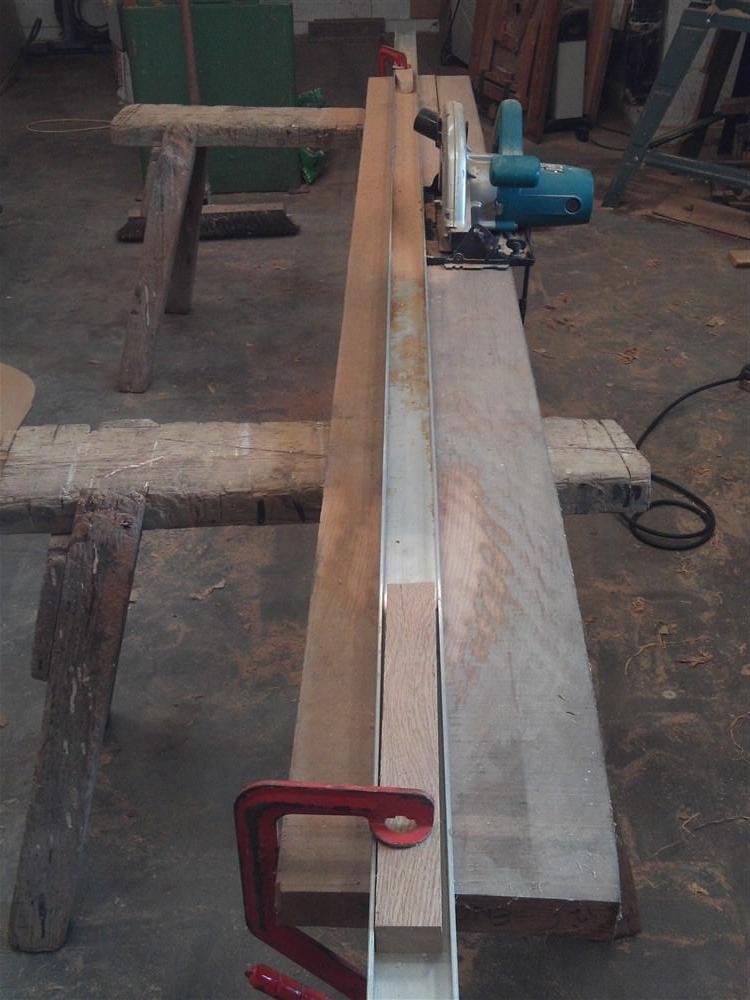glenfield2
Established Member
MikeG.":3ngpff02 said:glenfield2":3ngpff02 said:......... I'm dung with hand tools......Never mastered how to sharpen them either........
Those two statements are directly connected. If you can't sharpen, you can't use a handtool. Full stop.
I've worked with a friend on a boat. I follow a few boat builds on Youtube. For the life of me I can't begin to imagine how you could work on one without handtools. I'm no handtool fanatic, but they are indispensable.
Of the other advice you've had, the router table is going to make the biggest transformation to your woodworking. If you are going to be doing raised panels and scribed end-grain joints, then you'll need a half inch machine. Don't listen to anyone who says you need a bought router table, or even a manufactured insert. It's a flat bit of wood (ply, MDF etc) with a hole in it, a router underneath and the cutter sticking through, and a simple fence. That's an afternoons work to make yourself. A micro-adjusting router lift is dead easy too..........home made again.
Thisis pretty much what I did with my motley collection of tools and a supply of chisels that I'm afraid I steadily wrecked and replaced.
The rooflight was built by a proper joiner and the back cabin was largely okay but all the rest was done with oak veneered ply and solid oak framing (made from de-tongue and grooved top grade oak flooring). Took a while!





